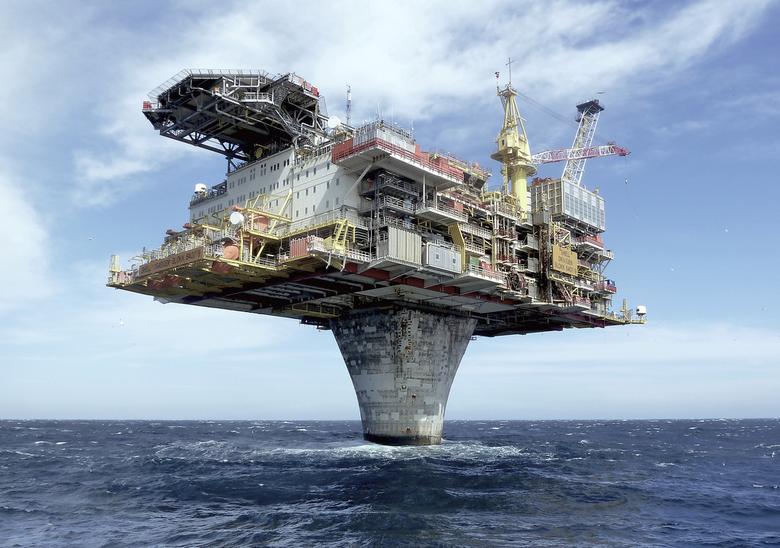
SHUT DOWN RIGS

Crude lost another 11 per cent this week amid continuing worries about a supply surplus as demand slows, with the Brent benchmark falling below $50 a barrel.
ICE February Brent, the global benchmark, was trading at $50 a barrel at the end of the week while US crude fell 8 per cent to $48.37.
Analysts said the fall in oil prices was filtering through to US shale ventures, with new drilling activity affected.
Earlier this week, drilling company Helmerich & Payne told investors it would shut down 40 to 50 rigs over the next month amid softening crude prices. This followed the bankruptcy filing of a Texas-based drilling group last week.
JBC, oil consultants in Vienna, said: "We would be of the opinion that several other companies will end up suffering the same fate."
The oil industry is now watching the reduction in output triggered by the fall in prices as the operations become unprofitable.
Wood Mackenzie, the energy and mining consultancy, said a Brent price of $40 a barrel or below would see producers shutting-in production at a level where there was a significant reduction of global supply.
US onshore ultra-low production volume wells, known as "stripper wells" could be first to be cut, said Robert Plummer, corporate research analyst for Wood Mackenzie.
According to the consultancy, with Brent at $50, 0.2 per cent of global supply was cash negative. At $45, the proportion rises to 0.4 per cent, and to 1.6 per cent at $40.
The biggest contribution at $40 was from several Canadian oil sands projects. Shale oil production only started to become cash negative as Brent fell into the high $30s, Wood Mackenzie said.
As the oil price fell, investors also focused on profit opportunities for oil traders.
The sharp fall in oil for near-term delivery has steepened the futures curve, with spot oil trading at a hefty discount to forward-dated contracts.
The condition, known in the industry as "contango", will allow physical oil traders to arbitrage crude — buying oil and putting it into storage while, at the same time, selling a forward derivative contract to lock in a profit.
February Brent was trading at a $7 discount to the August contract. The last time the curve was this steep, in 2009, oil traders such as Vitol and Trafigura posted record profits.
Crude prices could see support as oil traders are likely to turn to the "storage play", JBC said. "The physical market could also turn temporarily supportive over the coming months thanks to the balancing effect of floating storage."
ft.com




